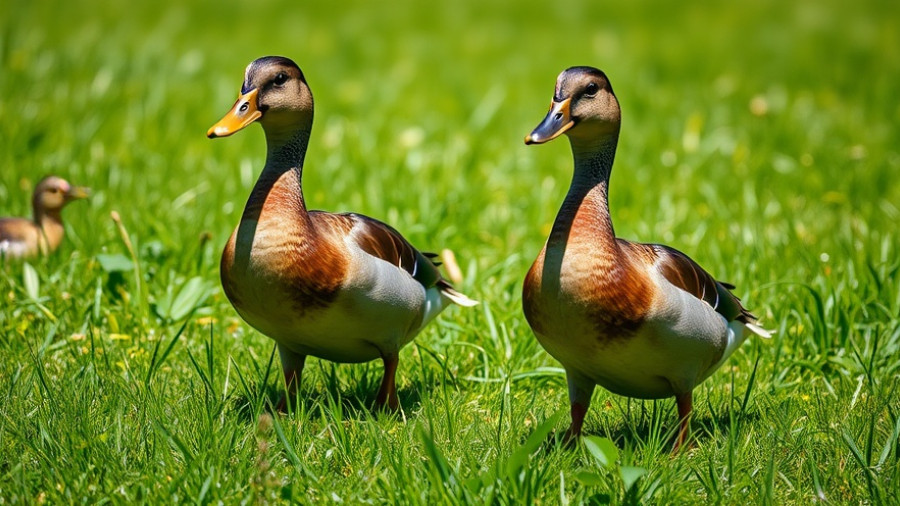
Understanding Bird Flu: A Growing Concern
As we've seen with previous outbreaks, the need for effective disease control in both human and animal populations cannot be overstated. Bird flu, particularly the H5N1 strain, is making headlines not just for its impact on poultry but for the potential risks it poses to both animal and human health. With a staggering population of over 1.5 billion chickens in the U.S. alone, contained outbreaks can escalate rapidly, impacting the agricultural sector and food supply chain.
Why Rapid Testing is Critical
The delay in diagnosing an infection is a significant hurdle in managing outbreaks. Polymerase chain reaction (PCR) testing, while a valuable tool, often takes several hours for results, during which time the virus can spread unchecked. In the current landscape, there are over 168 million poultry infected, primarily in small backyard flocks and live bird markets. Improved testing methods akin to those developed for rapid COVID-19 testing could drastically reduce these numbers and enhance biosecurity protocols across farms.
The Role of Wild Birds in Transmission
Wild birds serve as natural hosts for avian influenza, but their involvement complicates control efforts. They frequently introduce strains into domestic flocks, especially during migration seasons. Understanding migratory patterns can help predict potential spikes in infections and guide preventive measures, but more strategic approaches are needed to address this ongoing challenge.
Taking Action Against Bird Flu
To effectively combat the spread of bird flu, stakeholders, including poultry farmers and public health officials, must collaborate on better surveillance systems and vaccination strategies. While vaccinating wild birds is impractical, developing quick response protocols in domestic environments can safeguard poultry and ultimately, public health.
 Add Row
Add Row  Add
Add 




Write A Comment